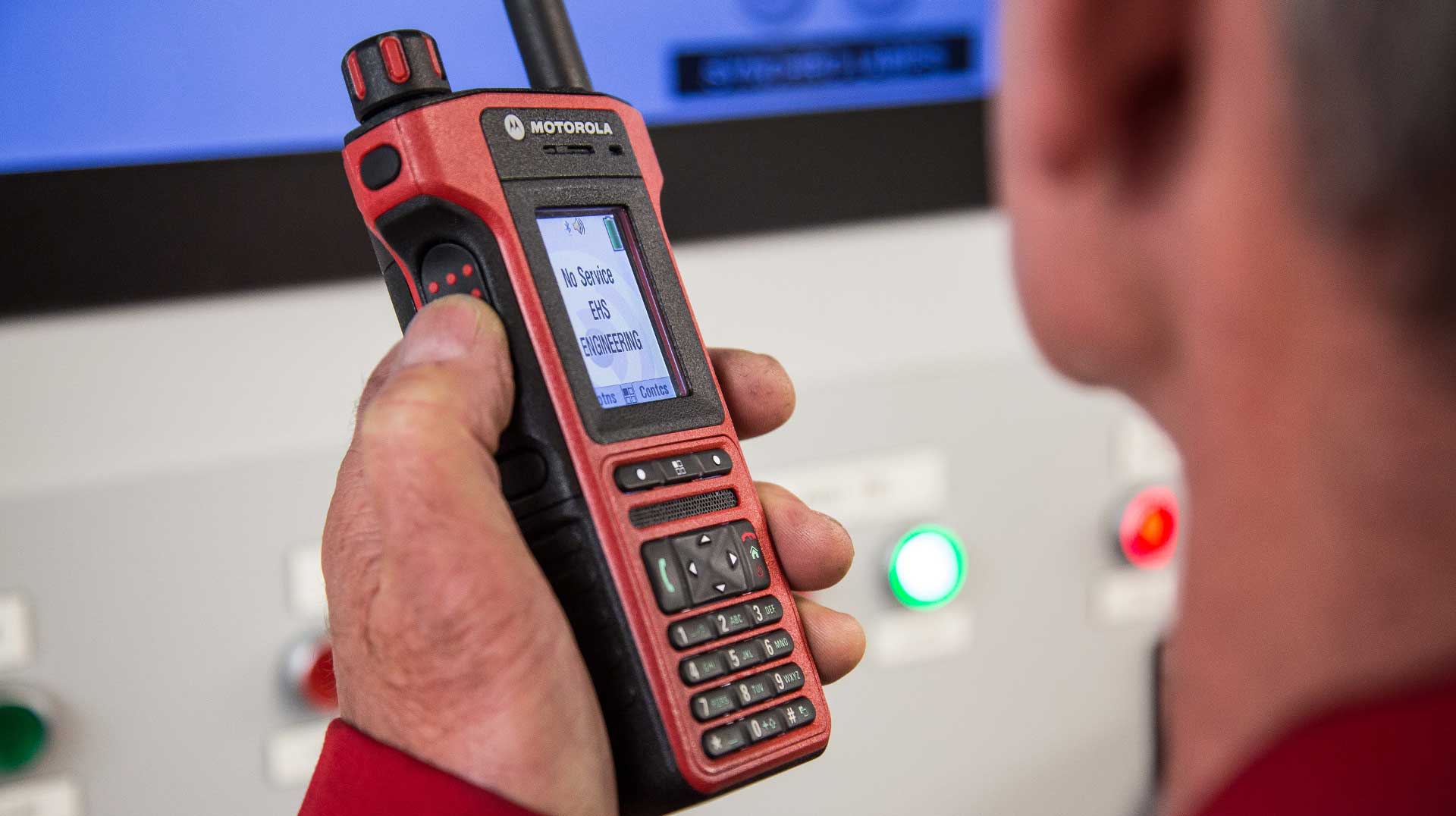Law enforcement agencies are faced with a wide variety of sources when it comes to digital evidence. This data needs to be collected and stored from the public, businesses and the officers themselves. And if these files become relevant to a case, the challenges of managing this data only increases as agencies work to quickly build the case, redact and transcribe files, and share information with partners and prosecutors.
To dive deeper into how agencies are approaching digital evidence management in 2022, Motorola Solutions partnered with the Center for Digital Government (CDG) to research how law enforcement agencies are collecting, storing and managing digital data and evidence. One hundred state and local law enforcement leaders shared their current strategies, challenges and desires for more modern digital evidence storage and management solutions.
Here are a few highlights from the report:
Agencies face storage concerns as volumes of digital media increases
The amount of digital media law enforcement agencies have to capture, collect, store and manage is only continuing to increase. Agencies listed the cost and scalability of storage as top concerns, yet the majority of agencies are still storing at least some digital evidence on-premises, making it expensive and challenging to scale storage as their needs change.
Agencies struggle with manual redaction processes
Many states put immense pressure on law enforcement to provide redacted files with little notice and short timelines. In order to comply with open public records and privacy laws, law enforcement professionals must dedicate already limited resources to preparing files for the public, prosecutors, and the media.
By now, agencies are all too familiar with the challenges of redacting video: it’s a manual, slow and expensive process. In fact, 55% of agencies said the manual process is their number one pain point when it comes to redacting video. This makes sense considering 51% of agencies reported they are still redacting video manually, in-house.
While it’s impossible to completely automate the redaction process (you should always validate every frame is properly redacted), leveraging automation whenever possible can speed up the process and save agencies large amounts of time and resources.
Transcription places a heavy burden on agencies
The technology that makes it easier to document an incident also generates an overwhelming amount of recorded information. This information has to be quickly reviewed and understood, and one powerful tool to do this is assisted transcription. Transcriptions make it easier to get context, navigate the file, and identify segments without any audio.
However, 40% of agencies said they still rely on manual, in-house processes for transcribing evidence. And for agencies that don’t use some sort of automation for transcription, they were more than twice as likely to cite challenges regarding time management.
When asked to rank their top three challenges with transcribing video, over half of respondents cited cost as their top burden. While the benefit of transcription is undeniable, agencies are struggling to manage it from a budget and staffing perspective.
Check back as we dive deeper into the survey results
Over the next few weeks, we’ll be breaking down insights from the report, so check back often as we explore new approaches to digital evidence management in more detail.
Download New Strategies to Meet Demands for Digital Evidence Collection, Storage & Management to read the full report.




